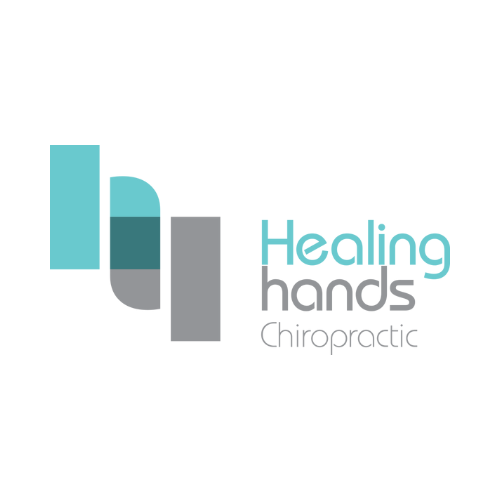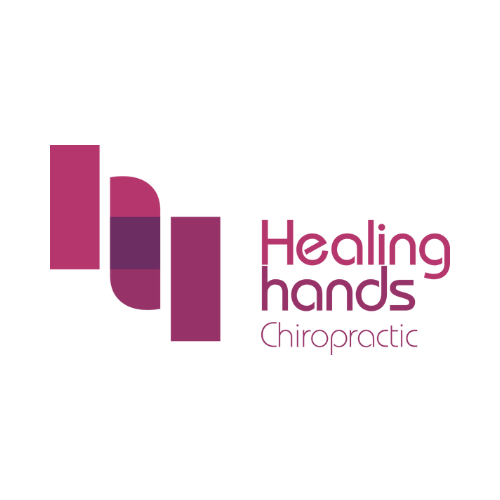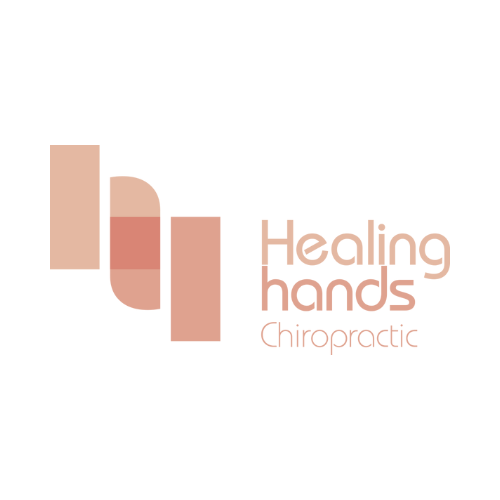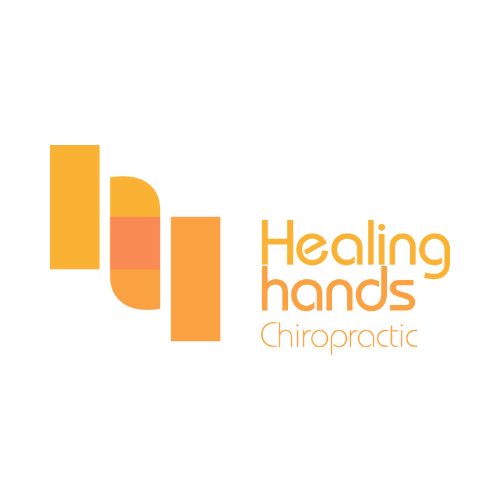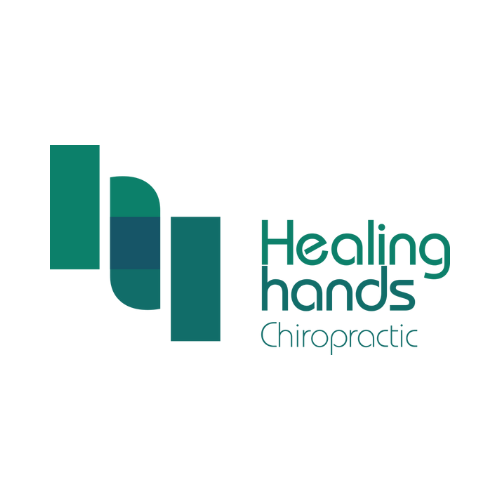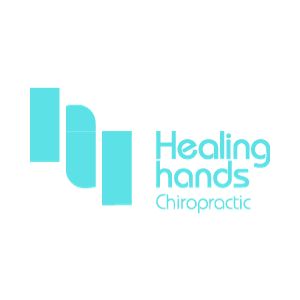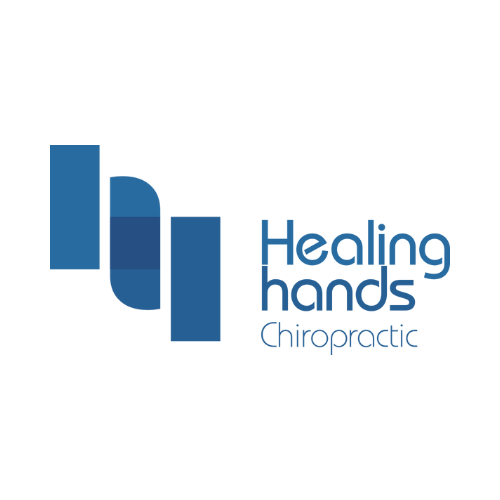Pregnancy
What is pregnancy discomfort?
Pregnant women undergo various physical and hormonal changes, and regular prenatal visits are recommended to ensure the health of both the mother and the fetus. Potential complications and risks can arise during pregnancy, but with proper care, many women experience relatively routine pregnancies.
Pregnancy Discomfort Facts!
- According to a study by Edelman Intelligence, Singaporeans spend about $8 billion each year on pain relief treatment.
- An article by Singapore General Hospital also stated that pain dramatically influences a person and affects their moods. Furthermore, it can affect sleep habits and even the quality of sleep, which can get a person on a bad start to their day.
- According to Health Hub Singapore, about 80 percent of adults suffer from lower back pain from time to time.
What are the symptoms of pregnancy discomfort?
During pregnancy, a woman’s body undergoes numerous changes, both hormonal and physical, to accommodate and support the growing fetus. As a result, many women experience a range of discomforts or symptoms throughout the duration of their pregnancy. Some common pregnancy-related discomforts include:
Back Pain: The extra weight and changes in the center of gravity can strain the back. Additionally, hormonal changes can loosen the joints and ligaments, adding to the discomfort.
Breast Tenderness: Hormonal changes can make breasts tender, sore, or swollen early in pregnancy.
Fatigue: Many women feel particularly tired in the first and third trimesters.
Frequent Urination: The growing uterus can put pressure on the bladder, causing a need to urinate more often.
Constipation: Increased levels of the hormone progesterone can slow down the digestive system.
Hemorrhoids: Increased blood circulation and pressure from the growing uterus can cause swollen veins in the rectal area.
Shortness of Breath: As the uterus expands, it can press against the diaphragm, making it harder to breathe deeply.
Swollen Feet and Ankles: The body retains more fluid during pregnancy, leading to swelling, particularly in the feet and ankles.
Round Ligament Pain: Stretching of the ligaments that support the uterus can cause sharp, stabbing, or dull pains in the lower abdomen or groin area.
Leg Cramps: These are common in the second and third trimesters and are often experienced at night.
Insomnia: Due to discomfort, anxiety, or frequent need to urinate, many women have trouble sleeping.
Mood Swings: Hormonal changes, fatigue, and physical discomforts can affect mood.
It’s important for pregnant women to communicate with their healthcare providers about any discomforts they’re experiencing. Some symptoms might be indicative of more serious conditions, and others can be alleviated with proper guidance and care.
What are the complications from pregnancy discomfort?
While many pregnancy discomforts are typical and don’t pose significant threats to the mother or the baby, some symptoms might be indicative of or lead to complications. It’s essential to distinguish between common discomforts and signs of more serious issues. Here are some potential complications that can arise from or present similarly to typical pregnancy discomforts:
Severe Morning Sickness (Hyperemesis Gravidarum): While morning sickness is common, severe and persistent vomiting can lead to dehydration, malnutrition, and weight loss, which may require hospitalization.
Preeclampsia: Symptoms may include severe headaches, vision problems, severe pain below the ribs, and sudden swelling of the face, hands, or feet. It’s a serious condition where high blood pressure and signs of organ damage, typically in the liver or kidneys, occur.
Gestational Diabetes: Symptoms can be mild and not necessarily cause discomfort, but untreated gestational diabetes can increase the risk of premature birth and other complications.
Placental Abruption: Severe abdominal pain and vaginal bleeding can indicate that the placenta has separated from the uterine wall, which can be dangerous for both the mother and baby.
Preterm Labor: Regular contractions, pelvic pressure, lower back pain, and vaginal spotting before 37 weeks might indicate preterm labor.
Deep Vein Thrombosis (DVT): While swelling is common in pregnancy, sudden swelling or pain in one leg, especially with redness and warmth, might indicate a blood clot.
Ectopic Pregnancy: Sharp pains in the abdomen, neck, or shoulder, along with vaginal bleeding, can indicate an ectopic pregnancy, where the embryo implants outside the uterus, usually in a fallopian tube. This is a life-threatening condition.
Miscarriage: Severe pain in the abdomen or back, weight loss, white-pink mucus, true contractions, and bright red or brown bleeding can be symptoms of a miscarriage.
If a pregnant woman experiences any severe, persistent, or unusual symptoms, it’s crucial to seek medical attention immediately. Regular prenatal care and open communication with healthcare providers can help identify and manage potential complications early on.
The common causes of pregnancy discomfort:
Pregnancy discomforts arise from a combination of hormonal changes, the physical growth of the fetus, and alterations in the body’s physiology to support the developing baby. Here are common causes of pregnancy discomforts:
Hormonal Changes:
- Morning Sickness: Elevated levels of the hormone hCG (human chorionic gonadotropin) in early pregnancy are thought to be a significant contributor to nausea and vomiting.
- Breast Tenderness: Increased levels of estrogen and progesterone cause the breasts to prepare for lactation, leading to sensitivity and tenderness.
- Mood Swings: Fluctuations in hormones like estrogen and progesterone can affect mood.
Increased Blood Volume and Circulation:
- Varicose Veins and Hemorrhoids: Increased blood volume and the weight of the growing uterus can strain veins, particularly in the legs and rectal area.
- Shortness of Breath: Increased blood volume requires the heart to work harder, potentially leading to breathlessness.
- Swelling (Edema): Retention of more fluids and altered blood circulation can lead to swelling in the ankles, feet, and hands.
Physical Growth of the Fetus and Uterus:
- Back Pain: The growing uterus and fetus shift the woman’s center of gravity, putting strain on the back.
- Heartburn and Indigestion: The enlarging uterus pushes the stomach and other organs upwards, potentially leading to acid reflux.
- Frequent Urination: As the fetus grows, the uterus exerts more pressure on the bladder.
- Round Ligament Pain: The growing uterus stretches supporting ligaments, causing discomfort.
Changes in Muscle and Bone Structure:
- Pelvic Pain: Relaxation and stretching of pelvic bones and the symphysis pubis joint, due to the hormone relaxin, can cause discomfort.
- Leg Cramps: Changes in calcium and magnesium metabolism, or pressure from the growing uterus on nerves, might contribute to leg cramps.
Changes in Digestive System:
- Constipation: Elevated progesterone levels can slow down the movement of the intestines.
- Hemorrhoids: Constipation and increased pressure on the veins in the pelvis can contribute to hemorrhoids.
It’s essential to understand that while these discomforts arise due to natural changes during pregnancy, not all women experience them in the same way. Some might have minimal discomforts, while others may experience a broader range of symptoms. Regular prenatal care can help manage these discomforts and ensure a healthier pregnancy.
Do i need to see a doctor for pregnancy discomfort? When should I see a doctor?
While many pregnancy discomforts are typical and expected, some symptoms might indicate potential complications. Here are some guidelines to help you determine when to see a doctor:
Common Discomforts Where Routine Check-up Suffices:
- Minor swelling of ankles and feet.
- Mild to moderate back pain.
- Occasional dizziness or faintness.
- Mild shortness of breath.
- Mild to moderate heartburn.
- Occasional headaches.
- General fatigue.
Signs and Symptoms When You Should See a Doctor Immediately:
- Persisting or severe back pain.
- Severe or persistent abdominal pain.
- Vaginal bleeding or spotting.
- Severe or persistent vomiting.
- Pain or burning during urination, or very dark or bloody urine.
- Severe or persistent headaches, especially with blurred vision, sensitivity to light, or seeing spots.
- Chills or fever.
- Sudden swelling of the face, hands, or feet.
- Any decrease in fetal movement after 28 weeks or a significant change in the pattern of movement.
- Painful contractions or contractions that come at regular intervals before 37 weeks (preterm labor).
- Sudden weight gain or too little weight gain.
- Pain or cramps in the lower leg.
- Fluid leaking or gushing from the vagina (indicating potential rupture of membranes).
- Visual disturbances like double vision, blurred vision, or seeing spots or flashing lights.
- Shortness of breath, chest pain, or coughing up blood.
- Severe pain below the ribs.
- Persistent itching, especially with jaundice (yellowing of the skin or eyes), which might indicate obstetric cholestasis.
- Any injury to the abdomen.
This list is not exhaustive, and the intensity and context of symptoms can vary widely among pregnant individuals. If you’re ever in doubt about a symptom or discomfort you’re experiencing during pregnancy, it’s always best to consult with your healthcare provider. Regular prenatal care and maintaining open communication with your provider will help ensure your health and that of your baby.
What are the treatments for pregnancy discomfort?
Managing pregnancy discomforts often requires a combination of home remedies, lifestyle adjustments, and medical interventions. Here’s a breakdown of treatments for common pregnancy discomforts:
Morning Sickness:
- Diclegis (doxylamine and pyridoxine)
- Zofran (ondansetron) (Always consult before use)
Heartburn & Indigestion:
- OTC antacids (e.g., Tums) (Consult for prolonged use)
- OTC antacids (e.g., Tums) (Consult for prolonged use)
Back Pain:
- Chiropractic Adjustment (align your spine)
- Physical Therapy (tailored exercises)
Constipation:
- OTC stool softeners (e.g., Colace)
- OTC stool softeners (e.g., Colace)
Hemorrhoids:
- OTC hydrocortisone creams
- Witch hazel pads
Yeast Infections:
- Antifungal creams (Avoid oral antifungals)
- Antifungal creams (Avoid oral antifungals)
UTIs:
- Pregnancy-safe antibiotics
- Pregnancy-safe antibiotics
Insomnia:
- Pregnancy-safe sleep aids
- Pregnancy-safe sleep aids
Gestational Diabetes:
- Medications or insulin (as needed)
- Medications or insulin (as needed)
Preeclampsia:
- Blood pressure medications
Always consult with a healthcare provider before taking any medication or supplement during pregnancy. While some remedies can be safely administered at home, it’s crucial to differentiate between standard discomforts and symptoms of potential complications. If you’re ever unsure about a discomfort or its severity, it’s best to seek medical advice.
Is chiropractic treatment good for pregnancy discomfort? Should i see a chiropractor?
Chiropractic care during pregnancy is a safe and effective evidence-based alternative medicine that focuses on the diagnosis and treatment of common neuromusculoskeletal conditions that can greatly assist you throughout your pregnancy and labor.
A common reason for seeking chiropractic treatment during pregnancy is to correct the spinal alignment and pelvic balance to enable the body to function properly. In order to meet with the physical and mental demands of pregnancy, various physiological changes occur to a woman’s body in order to create a suitable environment for the baby to grow and develop. We assist in these demands by helping the body to improve circulation through improving mobility, balanced and relaxed supporting muscles.
Key Chiropractic Benefits includes;
- Maintaining a healthier pregnancy
- Can reduce the time and difficulty of labour and delivery
- Can relieve back, neck, and various joint pain
- Can prevent a potential caesarean delivery (although this is a patients choice) or any other complications
A mother’s body often goes through drastic physical and biomechanical changes over the nine months of pregnancy. In addition, the labour and delivery (whether vaginally or via C-section) can cause changes in the mother’s pelvic alignment as well as that of the lower and mid-back region. Such misalignment in those structures can bring pain, aches and discomfort during various everyday activities such as walking, nursing, sleeping, and etc; both during and after pregnancy. Healing Hands Chiropractic care can help to restore these misalignments through specific and precise manual therapy, stretches and specific exercises.
How Tight Space in the Womb Can Affect Baby's Position!
When There Is A Misalignment In The Pelvis, It Creates An “Intrauterine Constraint” Where The Uterus Space Is Compromised Therefore Restricts The Baby To Move Freely And Leads To Malposition.
Why Choose Us?
Healing Hands Chiropractic has been in the industry for 12 years and has a team of experienced chiropractors dedicated to helping patients with tension relief and management. We are experienced in relieving tensions and are able to help you to manage the pain using holistic and effective means. Healing Hands Chiropractic Singapore is one of the most reviewed and trustable chiropractic clinic. With over 1600+ five star reviews and real before vs after patients photos, you can entrust us with your health!
Get Rid of the pain today
Want To Have a Healthier and Happier life?
Book Your Appointment Today!
What To Expect During Your 1st Visit
Identifying postural imbalances to detect any differences in weight between the right and the left sides of the body, alignment from our head all the way down
to our hips. Tyron thermographic spinal scan helps to measure the muscle temperature around the spine. It detects areas with the greater temperature where muscles are working harder due to poor posture.
1-on-1 consultation with our Chiropractors with a detailed review of your health history.
Our Chiropractor will investigate and educate you on the necessary steps forward in reaching your health goals.
Our Chiropractors will perform a series of range of motion tests to determine your current body condition and an adjustment will be administered if deemed
clinically safe to do so.
Our Chiropractors will use their hands or a small instrument to apply a controlled force to the spinal joints. “Crack” or “Pop” sound may occur as your spine gets manipulated. Do not be alarmed, as the adjustment releases trapped gasses from your joints.
X-Rays will be prescribed so that we can accurately diagnose your condition before prescribing a customized treatment program. It is also for your safety and for us to rule out any possible underlying conditions that cannot be treated by Chiropractic.
The review of your X-rays is complimentary at your following visit if you take up the X-rays with our preferred diagnostic partners.
Frequently Asked Questions
A chiropractor provides non-invasive treatments with the benefits of spinal adjustments and realigning the joints to improve the system and function throughout the body.
In general, chiropractors believe in the ability of the body to self-heal through Chiropractic adjustment with the help of modalities such as the Flexion distraction table, E-stim, Denneroll, and functional exercises. They also utilize various other treatment modalities such as ultrasound, bodywork, etc. to get patients back to health.
We recommend seeing one if you are experiencing any discomfort, pains or aches in your muscles or joints. Check out the list of conditions we treat here.
Most importantly, do not wait until you are experiencing pain or worse, numbness to see a chiropractor. Often, pain is the last thing that shows up but the first to go away after chiropractic treatment.
There is no better time to visit the highest rated chiropractor in Singapore. Book your appointment here.
Chiropractic adjustment should not be painful. However, in some instances when the injury is either acute (happened recently) or sub-acute(on the road to recovery), the muscles and ligaments may prove to be guarded or sensitive to the touch, these are some exceptions.
A thorough examination of your complaints and conditions can alleviate any concerns that you may have.
It is a very safe & accurate thermographic scanner that scans the full spine or segmental parts of the spine in approximately 15 seconds. The Tytron detects areas of asymmetry as well as indicate areas with greater temperature due to acute soft tissue damage.
The Tytron scanner uses precision sensors, speciality lenses and a unique focusing system to give the chiropractor the most accurate and repeatable information available. You will be given a print out of your result on the first visit.
Book your first appointment with us to experience the Healing Hands chiropractic journey.
X-rays are recommended if you want to take care of your condition holistically and to get to the root of the issues. It is also for the patients safety and for us to rule out any possible underlying conditions that cannot be treated by Chiropractic adjustment. Just like your regular health check up, X-rays serve to give you and the chiropractor an insight to your spinal health as our naked eyes can only tell a rough story.
Our Chiropractors will use their hands or a small instrument to apply a controlled force to the spinal joints.
A “Crack” or “Pop” sound may occur as your spine gets manipulated. Do not be alarmed, as the adjustment releases trapped gasses from your joints.
Yes, we have both Male and Female Chiropractors at Healing Hands Chiropractic Singapore.
Our Female Chiropractors are stationed at Healing Hands Ang Mo Kio.and Healing Hands Bedok
All our Chiropractors believe in personalised care supported by time-tested techniques enhanced with the most efficient time frame. All our Chiropractors embody our 3 core values; Care For Patient, Integrity and Attention to Detail.
Yes, neck adjustments are a very safe treatment when performed by chiropractors as they are trained in the correct techniques to manipulate the joints safely. Healing Hands chiropractors also ensure that it is clinically safe enough for the adjustment before they perform it. This is also one of the reason why X-rays are required before more customised treatment can be done to ensure that your body is able to receive it.
The benefits of getting chiropractic treatment helps with reducing pain and increase joint mobility. We’ve written an article all about it here.
There also seems to be a lot of concern about the safety of getting adjusted by a chiropractor. However, when done by a professional chiropractor, spinal manipulation and Chiropractic care are generally considered safe, and effective treatments for acute pain.
Healing Hands Chiropractic Singapore has been treating thousands of patients since 2010 and many have benefited from it.
We hope to tell people more about chiropractic so that more can come to understand and appreciate how chiropractors can help with the various conditions for the people in Singapore.ut chiropractic so that people can understand and appreciate Chiropractic.
According to MOH, there are currently 150 chiropractors in Singapore. Choosing the most effective chiropractor for you may be challenging.
That is why we have written an article about 5 ways to find a good Chiropractor. In short,
1) Know your own health goals.
2) Integrity and confidence of the Chiropractor.
3) Word of mouth or reviews about the Chiropractor.
4) Clinical competency and experience of the Chiropractors.
5) The willingness of the Chiropractor to refer out.

